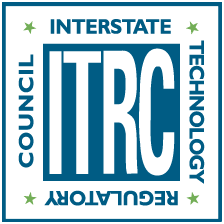Author: Brian Partington, Water Replenishment District, Lakewood, CA
Site Name: Seawater barrier projects along the west coast of Southern Los Angeles County, including West Coast Basin Barrier Project (WCBBP), Alamitos Gap Barrier Project (ABP), and Dominguez Gap Barrier Project (DGBP)
Location: Southern Los Angeles County, California
Permittees: Owner/operator: Los Angeles County Department of Public Works (LACPW); Monitoring entities: Water Replenishment District of Southern California (WRD) and West Basin Municipal Water District (WBMWD); Imported water: Metropolitan Water District of Southern California (MWD); and treated water: WRD, WBMWD, and Los Angeles Sanitation District (LASAN)
Permitting Agency(s): Los Angeles Regional Water Quality Control Board (LARWQCB)
Current Status: Seawater barriers have been in operation since the early 1950s.
Year Constructed: WCBBP was constructed in 1953; ABP was constructed in 1964; and DGBP was constructed in 1971.
Costs: Not available (1950s–1970s)
Project Contact Information: Los Angeles County Department of Public Works, (626) 458-6120
Project Website/Publication Links:
LACPW—https://dpw.lacounty.gov/wrd/Barriers/index.cfm?Project=Facility
ABP—https://geotracker.waterboards.ca.gov/profile_report?global_id=WDR100006793
DGBP—https://geotracker.waterboards.ca.gov/profile_report?global_id=WDR100000534
WCBBP—https://geotracker.waterboards.ca.gov/profile_report?global_id=WDR100039456
Purpose of MAR:
- Water supply resilience
- Improving groundwater quality
- Mitigation against saltwater intrusion
Source Water:
- Municipal wastewater
- Imported water
Water Quality:
- Pre-treatment required (fully advanced treated water—ATW)
Recharge Technology(s):
- Injection wells
Project Description
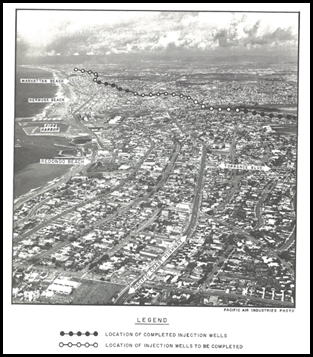
Figure 1: Location of the West Coast Seawater Intrusion Barrier Project.
Source: WRD (1965)
The project is located in southern Los Angeles County, California. Seawater intrusion barriers have been used locally to prevent seawater intrusion due to past overpumping and protect inland groundwater resources as early as 1953. Figure 1 shows how densely populated the coast is and the location of the West Coast Seawater Intrusion Barrier Project. The information in this case study provides basic information for one of the longest, continuously operating seawater intrusion barriers in the nation, which currently consists of (from oldest to youngest) the West Coast Basin Barrier Project (WCBBP), Alamitos Gap Barrier Project (ABP), and Dominguez Gap Barrier Project (DGBP). Together, the seawater intrusion barriers supply on average 28,000 acre-feet per year of imported water and/or advanced treated recycled water to prevent seawater intrusion and provide replenishment to the Central Basin and West Coast Basin (CBWCB). Imported water has been used in the past for replenishment; however, this water source is currently only used when recycled water is not available for advanced treatment at each advanced wastewater treatment facility used to supply ABP, DGBP, and WCBBP. Collectively, these water sources (import and recycled) have provided a significant source of replenishment water for over 4 million people in two of the most heavily used groundwater basins in the United States.
Receiving Aquifer
The seawater intrusion barriers shown on the left side of Figure 2 are located along the coast and inject treated water into numerous aquifers present in the CBWCB. Aquifer replenishment is needed to support local groundwater use, because the amount of water pumped from the basin far exceeds the natural yield of the aquifers in the CBWCB. In the past, over pumping resulted in seawater intrusion and barriers were installed to protect inland pumping wells. The system has been successfully operated since the early 1950s.
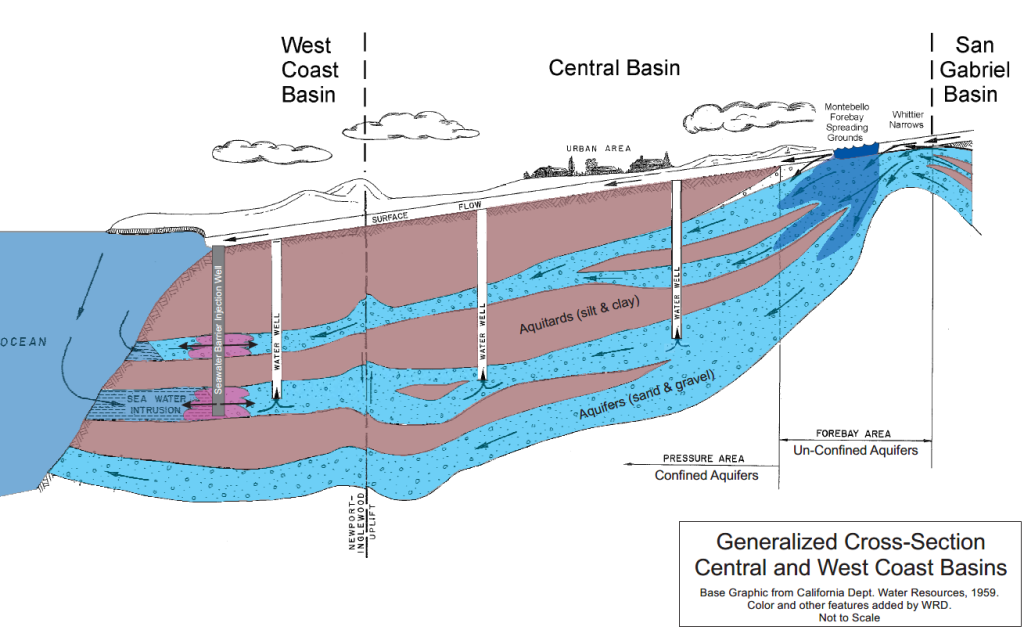
Figure 2. Seawater intrusion barriers.
Source: DWR (1959)
Water Quality
Overall, the water supplied to the seawater intrusion barriers is of high quality, and with the addition of recycled water, it must meet the recycled water policy requirements for California. These requirements are outlined in the California Code of Regulations, Title 22. Relevant links are provided as follows:
- https://www.waterboards.ca.gov/board_decisions/adopted_orders/resolutions/2018/121118_7_final_amendment_oal.pdf
- https://www.waterboards.ca.gov/drinking_water/certlic/drinkingwater/documents/lawbook/RWregulations_20181001.pdf
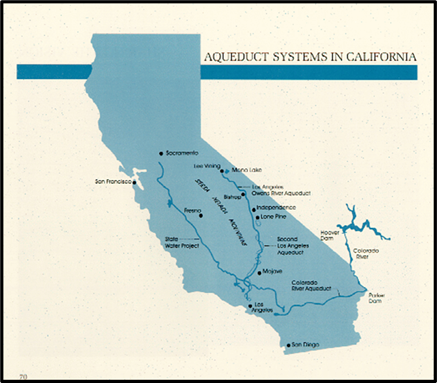
Figure 3. Aqueduct systems in California.
Source: Courtesy of Metropolitan Water District
For many years, imported water was used as the primary source water for the seawater intrusion barriers as supplied by the Colorado River and/or the State Water Project. This water travels hundreds of miles (Figure 3) and requires a lot of energy to convey it through an existing aqueduct system to southern Los Angeles County. Furthermore, episodic, and often persistent drought conditions are common in the southwestern United States. This results in less water being available for replenishment during drought periods, and as a result, many agencies have invested heavily in developing recycled water projects, with increased emphasis in California. As a result, use of imported water for injection at the seawater intrusion barriers has been declining the past few decades now that all three seawater barriers are fully permitted to receive 100% advanced treated recycled water (Figure 4) when source water is available to supply treatment facilities operated by WRD, LASAN, and WBMWD.
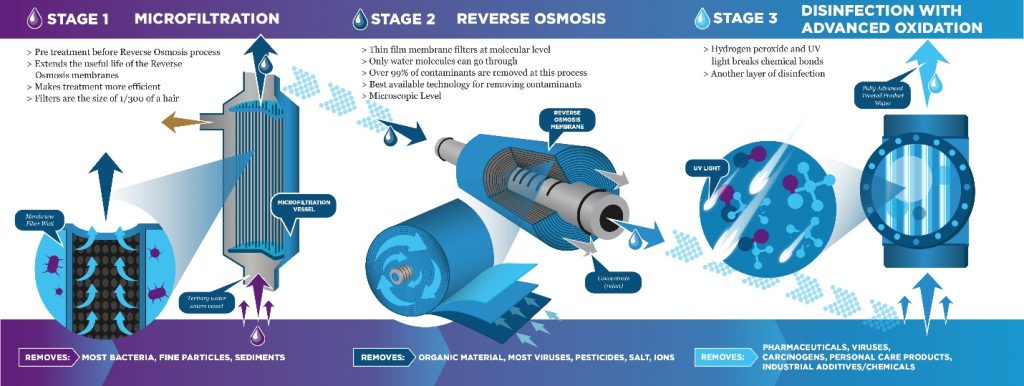
Figure 4. Advanced treatment process used to treat recycled water at the Albert Robles Center for Water Recycling and Environmental Learning.
Source: Courtesy of Water Replenishment District
In 2020, the LARWQCB required all indirect potable reuse projects to implement a phased monitoring program for the presence of various contaminants of emerging concern (CECs). The monitoring program was developed in accordance with recommendations from a 2018 Science Advisory Panel on CECs in Recycled Water. A link to the report and permit is provided below:
- https://ftp.sccwrp.org/pub/download/DOCUMENTS/TechnicalReports/1032_CECMonitoringInRecycledWater.pdf
- https://documents.geotracker.waterboards.ca.gov/regulators/deliverable_documents/3604276359/09242020%20MFSG%20CECMRP%20Amend%20Final%20w%20Att%20CI-5728.pdf
Performance
The seawater barriers are owned and operated by the LACPW. A summary of the seawater barriers and the total amount of water recharged (to date) is shown in Table 1.
Table 1. Seawater barriers information
Source: WRD (2022)
| Information | WCBBP | DGBP | ABP |
| Year First Used | 1953 | 1971 | 1964 |
| Overall Length (miles) | 9 | 6 | 2.2 |
| Number of Injection Wells | 160 | 94 | 60 |
| Number of Observation Wells | 300 | 257 | 220 |
| Total Recharge in Acre-Feet (1959 to 2021) | 1,906,628 | ||
| Note: Total recharge includes import (1,622,231 acre-feet) and recycled (284,397 acre-feet) from 1959 to 2021. | |||
Hundreds of groundwater monitoring wells are located proximal to each seawater intrusion barrier and are used to track chloride concentrations (changes over time) and groundwater elevations in relation to a protective elevation. The goal of each key monitoring well is to maintain water levels at or above the protective elevation. Example cross sections are provided in Figure 5 and Figure 6 showing how effective the barriers have been at reducing chloride concentrations at the Dominquez Gap Seawater Intrusion Project, in this case between 1972 and 2022.

Figure 5. Example cross section showing chloride concentrations control in 1972
Source: Courtesy of Los Angeles County Public Works
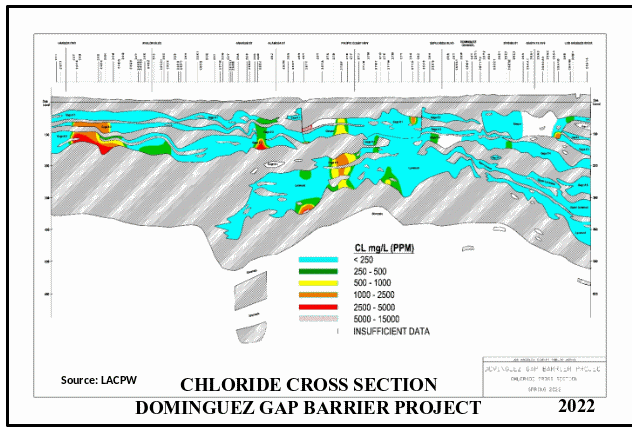
Figure 6. Example cross section showing chloride concentrations control in 2022
Source: Courtesy of Los Angeles County Public Works
Regulatory Considerations
The permitting process can be lengthy, and regulations continue to evolve in California. The permits for this case study were issued jointly to various co-permittees, which generally include a monitoring entity (WRD and WBMWD), recycled water supplier (Los Angeles County Sanitary District (LACSD) and LASAN), advanced treatment facility operators (WRD, LASAN, WBMWD), and seawater intrusion barrier owner/operator (LACPW). The permits have changed over the years as the regulatory community has become more comfortable with the benefits of using recycled water in a predominantly semiarid climate and has shifted toward allowing use of (when available) 100% ATW.
Operational Considerations
The seawater barriers are owned and operated by the LACPW. A well maintenance program was developed to remove accumulated sediment and microbial buildup approximately every 2 years (or as needed) to ensure optimal injection rates are maintained at ABP, DGBP, and WCBBP. Surface leakage has occurred in some aging wells, requiring additional maintenance ranging from minor retrofits to well destruction/replacement. Barrier infrastructure (pipelines, injection wells, and observation wells) is also inspected periodically to identify areas of potential concern and the results are documented in a condition assessment report.
